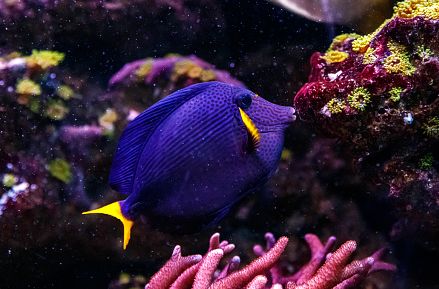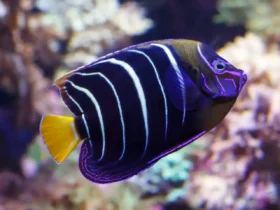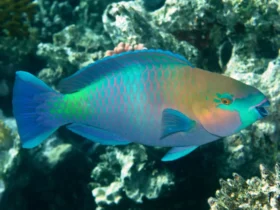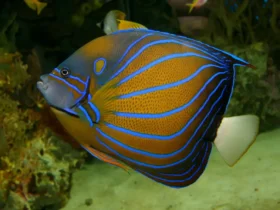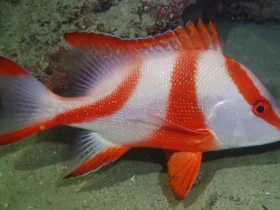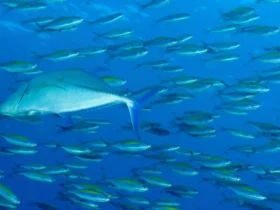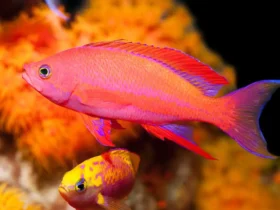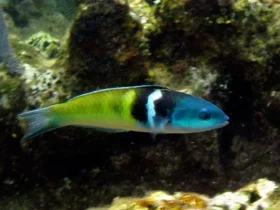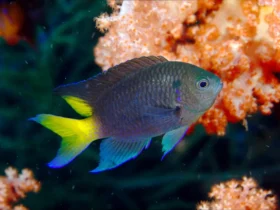Clownfish is a popular pet fish worldwide, with their vibrant colors, playful nature, and unique symbiotic relationships, are among the most captivating and recognizable fish in the world’s oceans. Made famous by their appearance in popular culture, particularly in the animated film “Finding Nemo,” clownfish have captured the imaginations of people of all ages.
Clownfish images
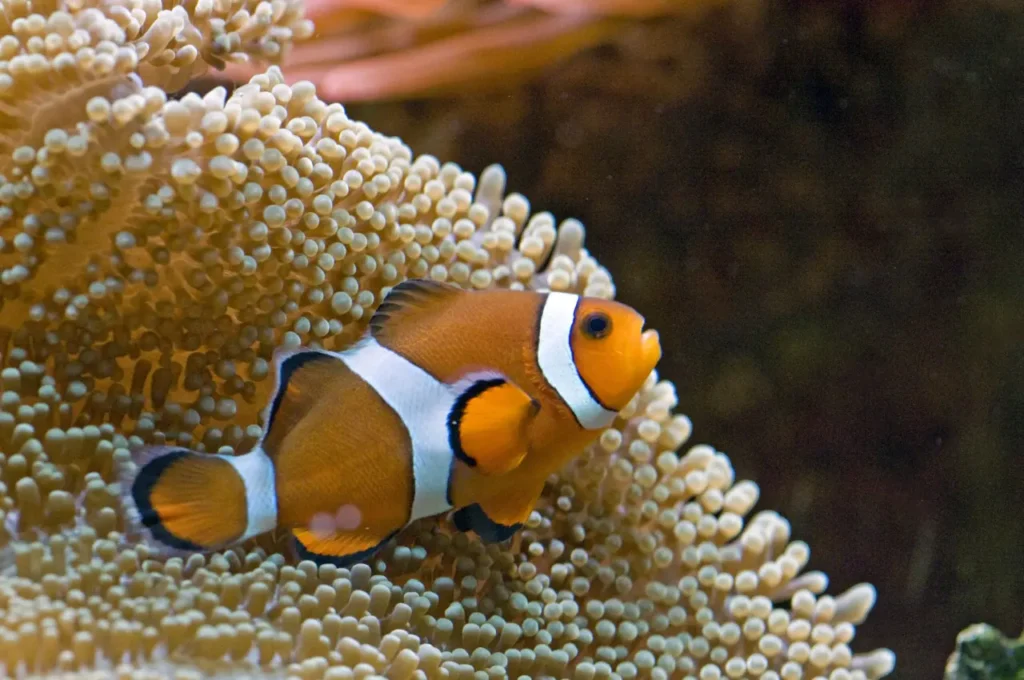
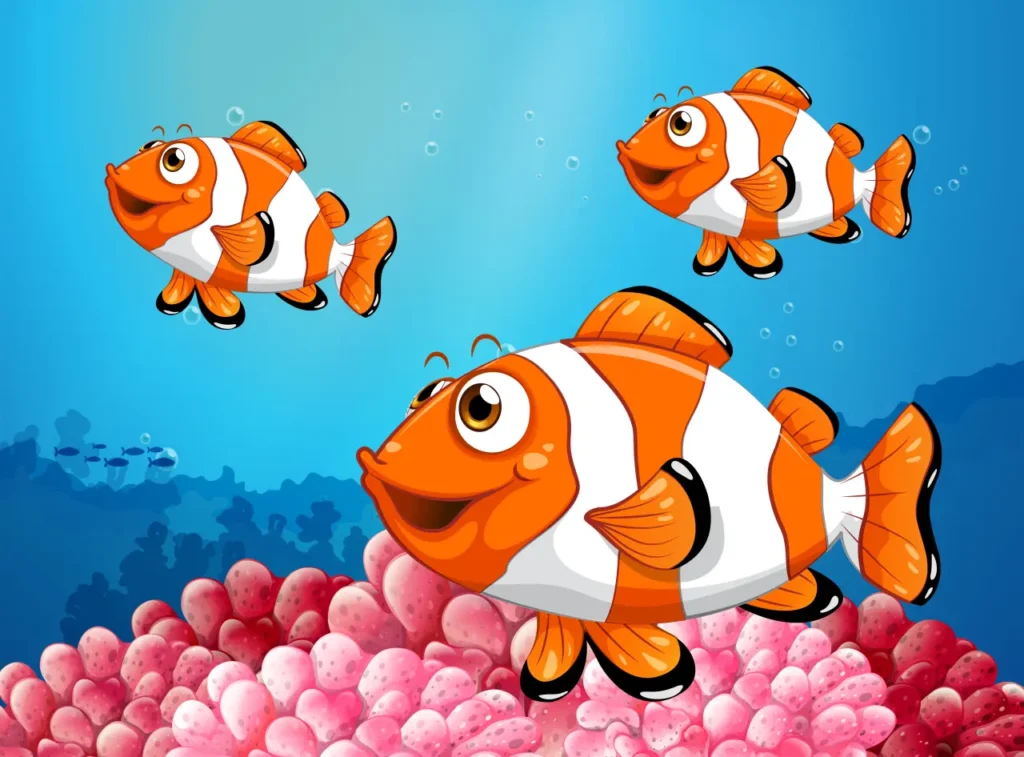
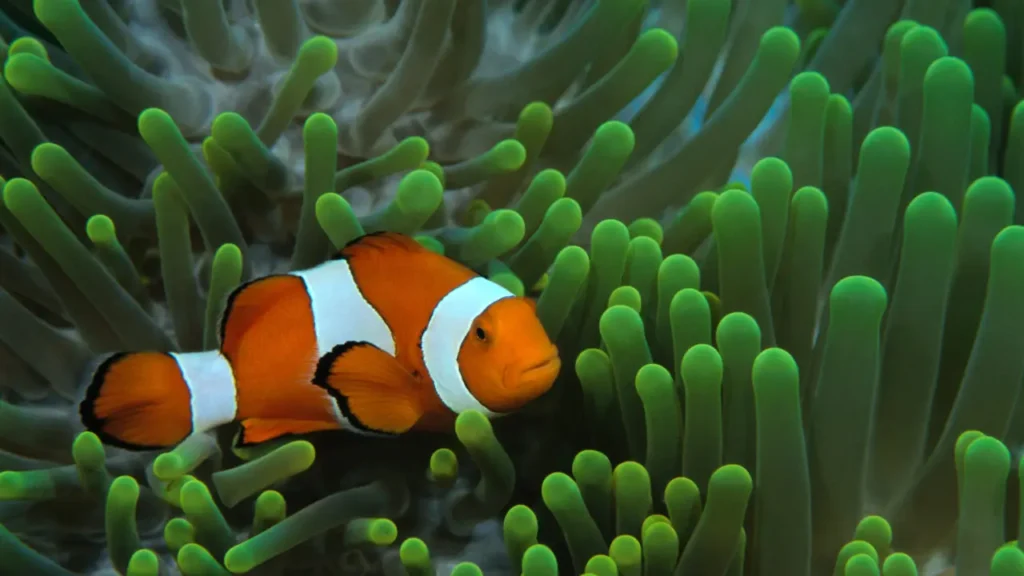
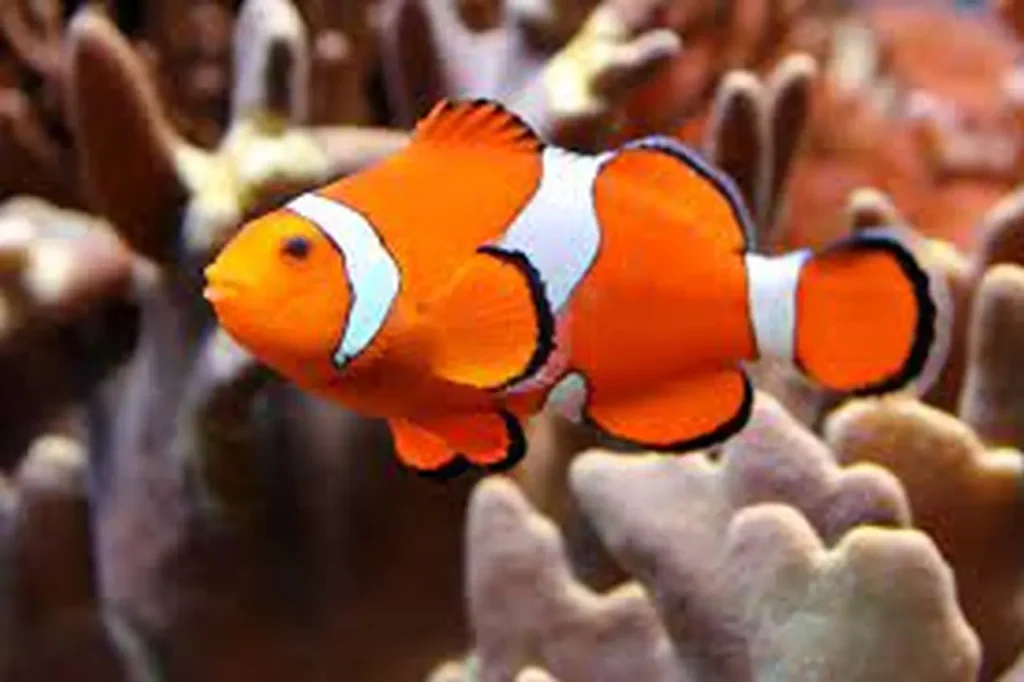
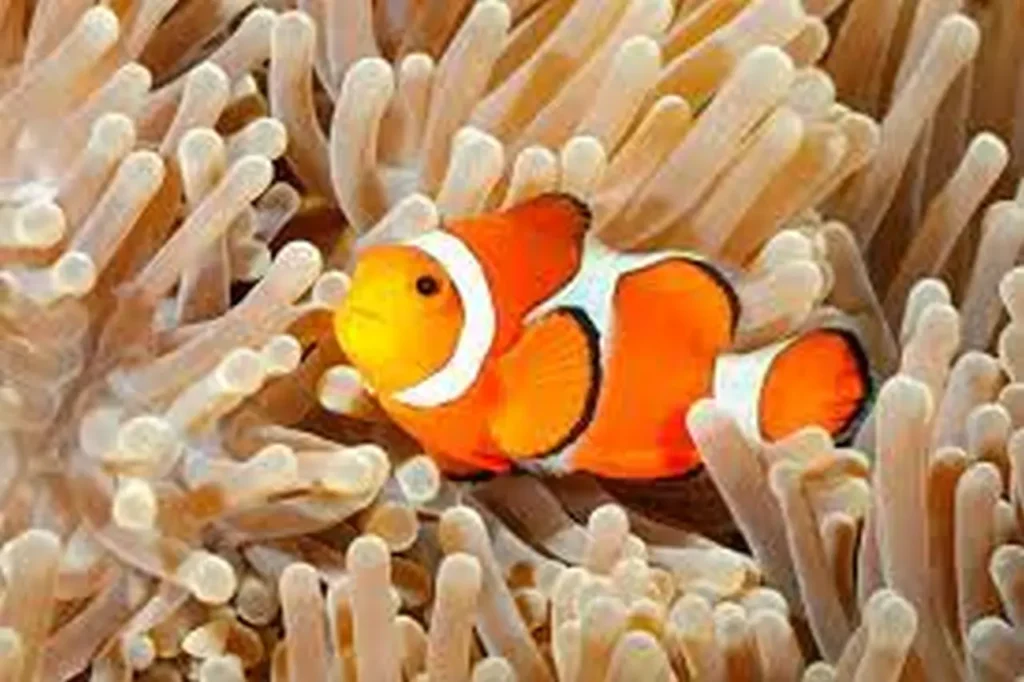
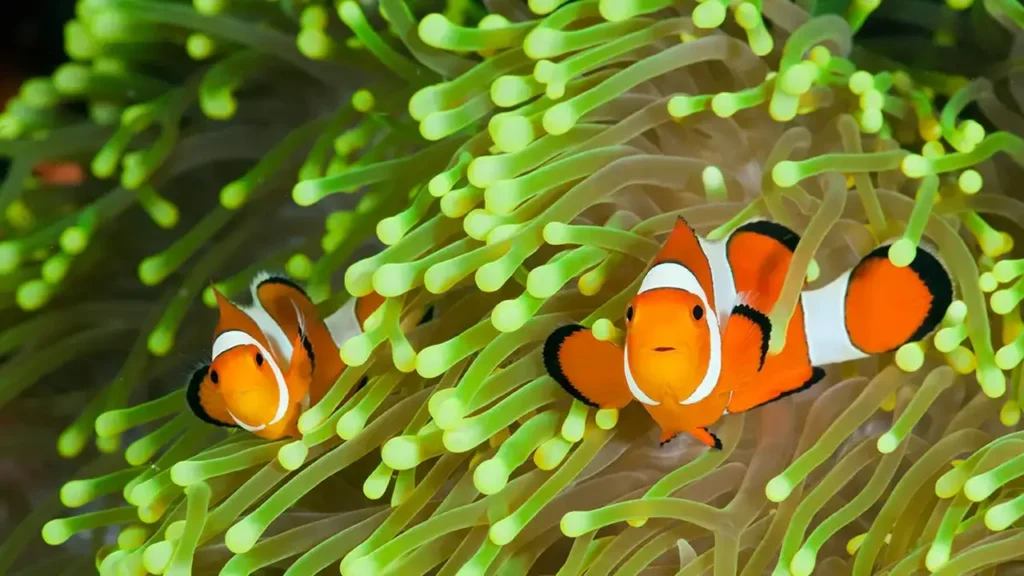
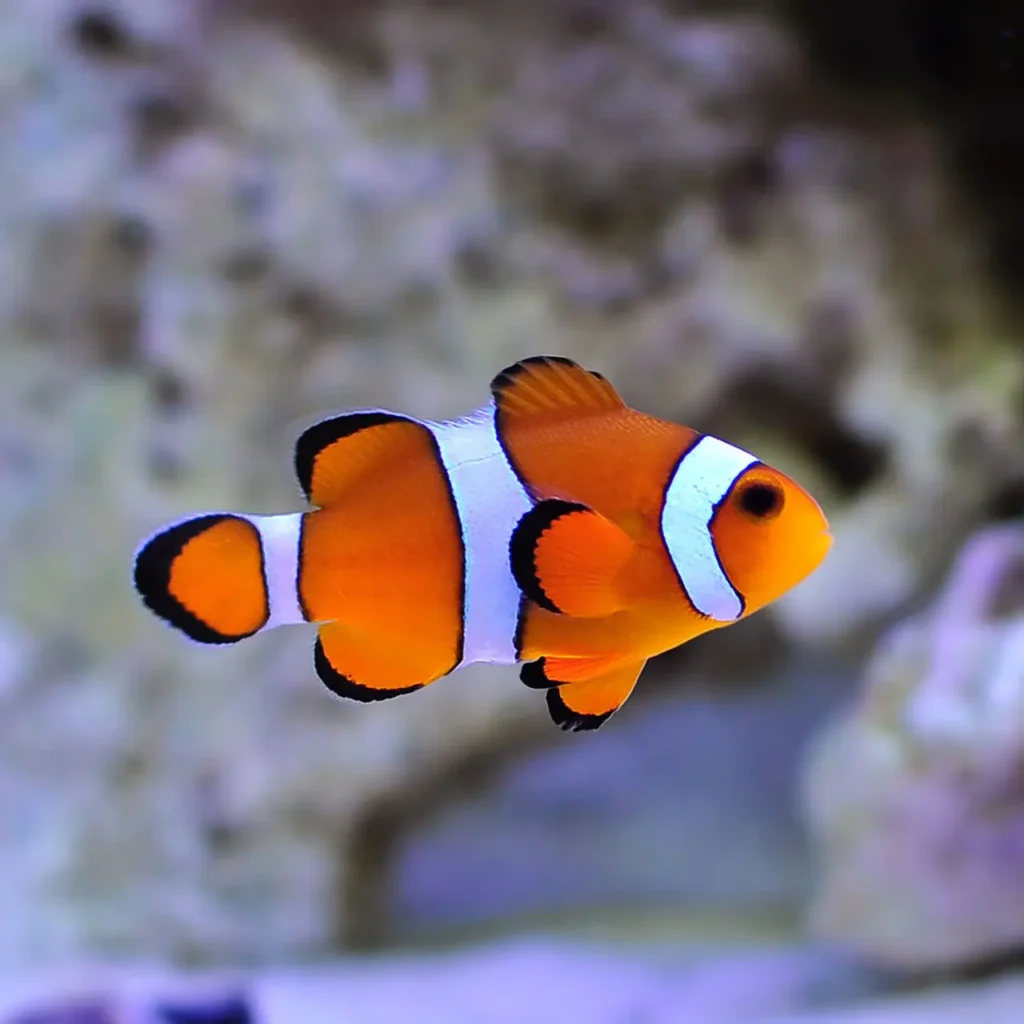
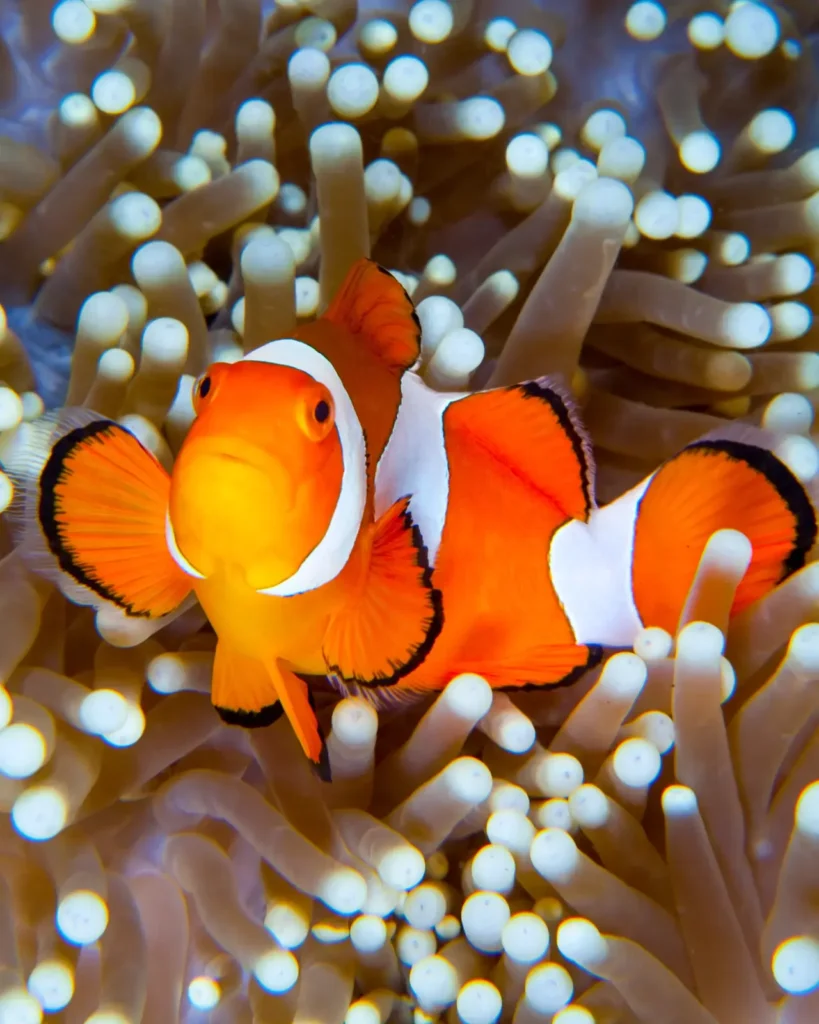
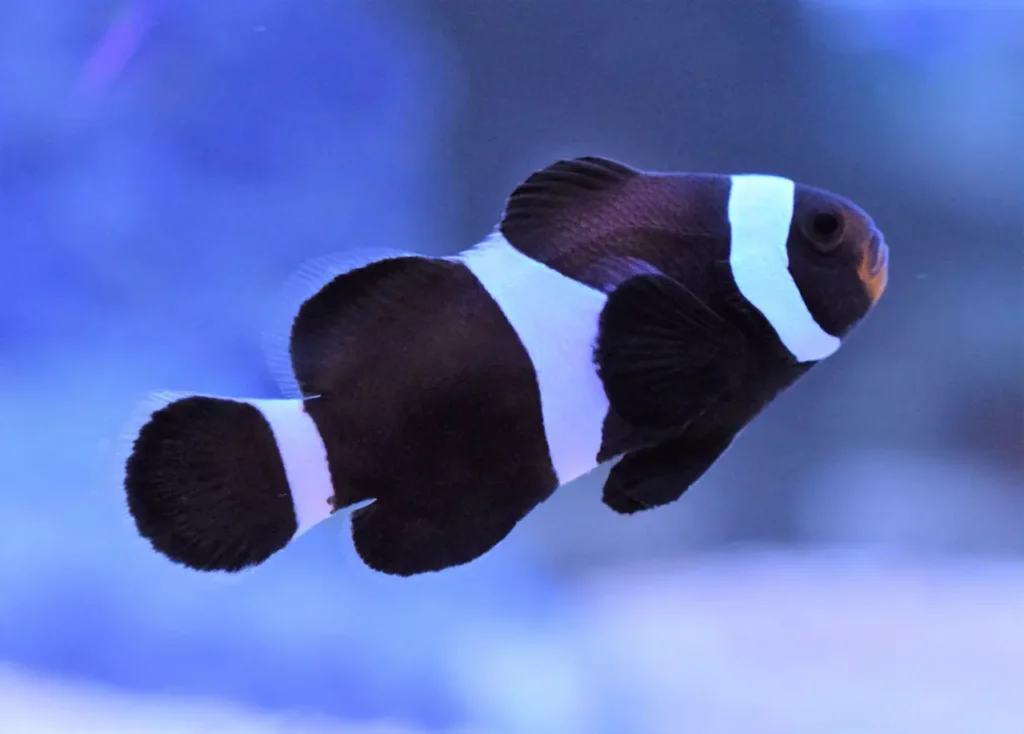
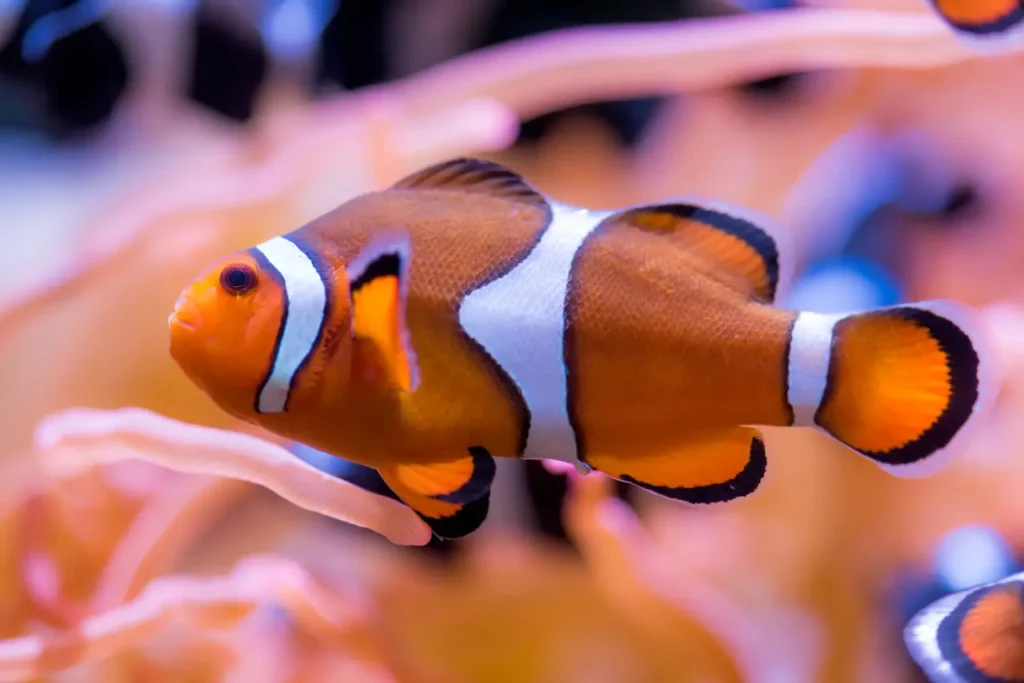
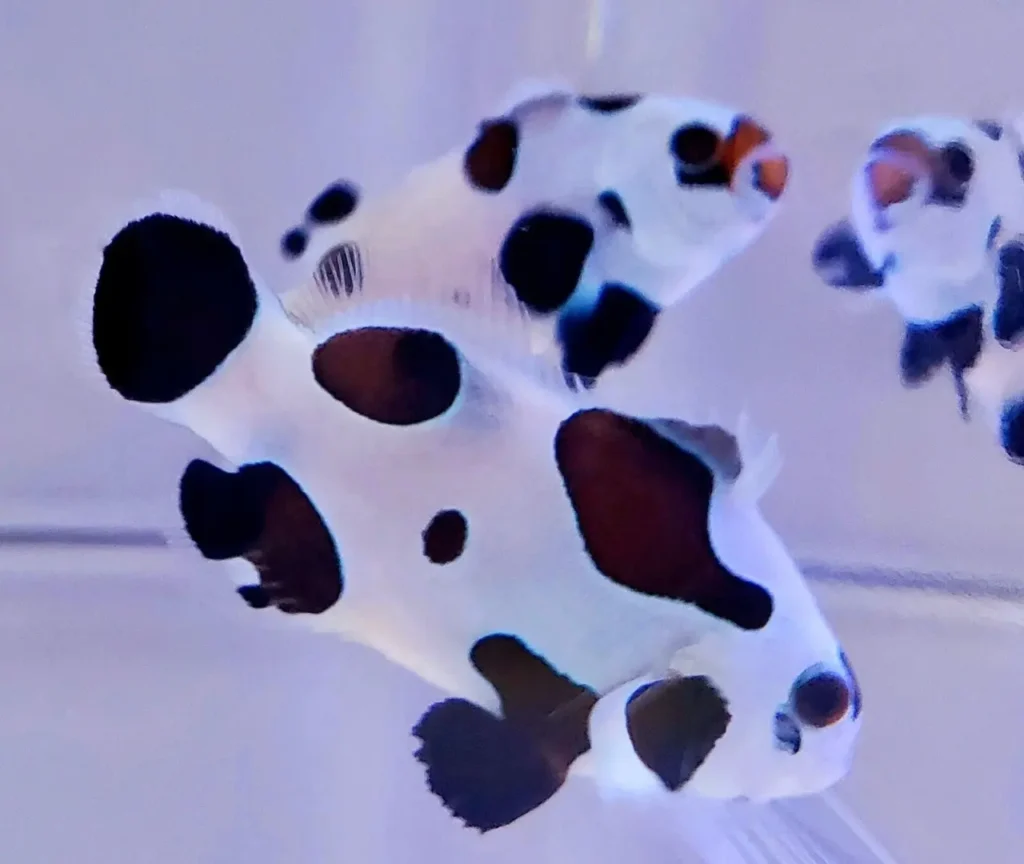
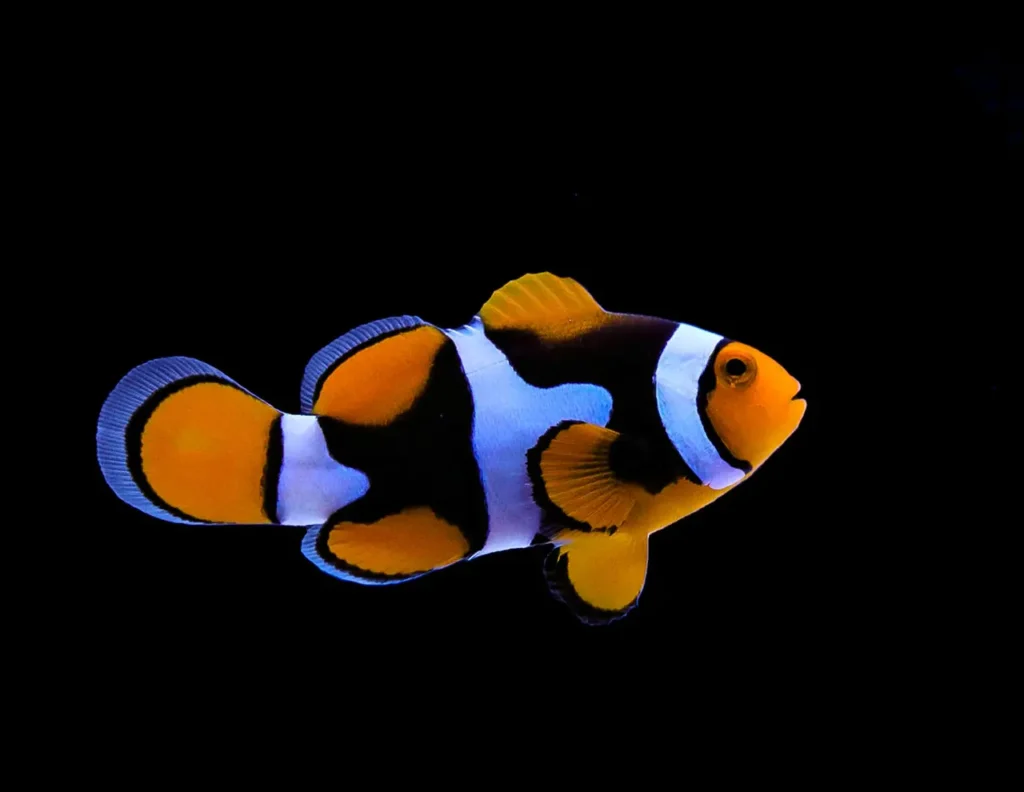
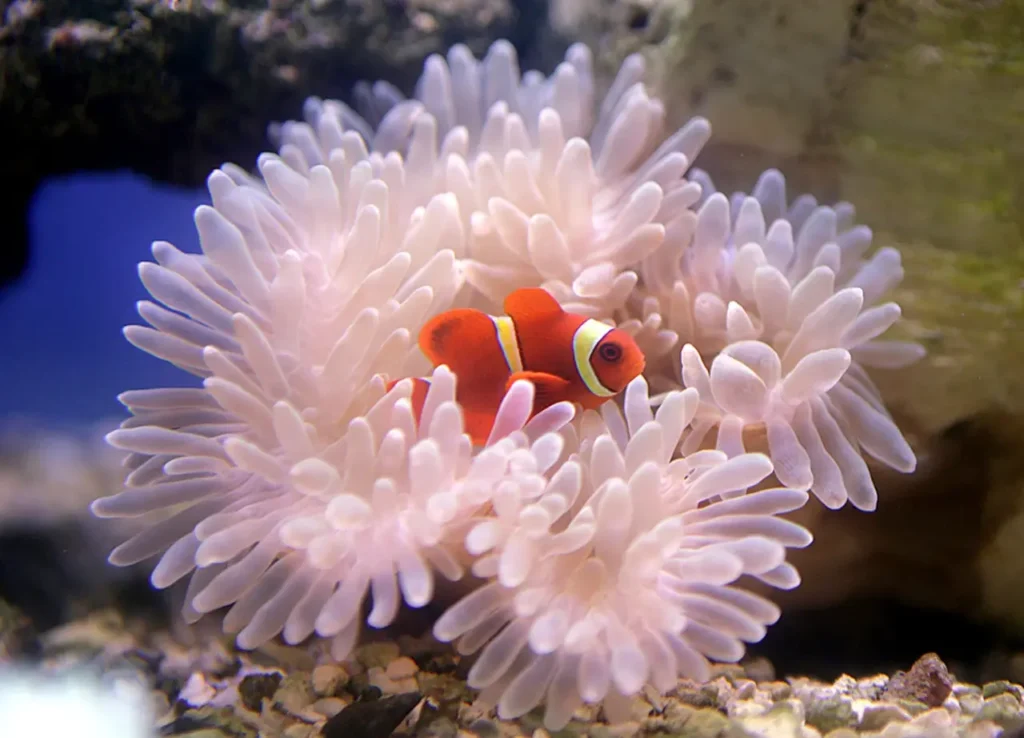
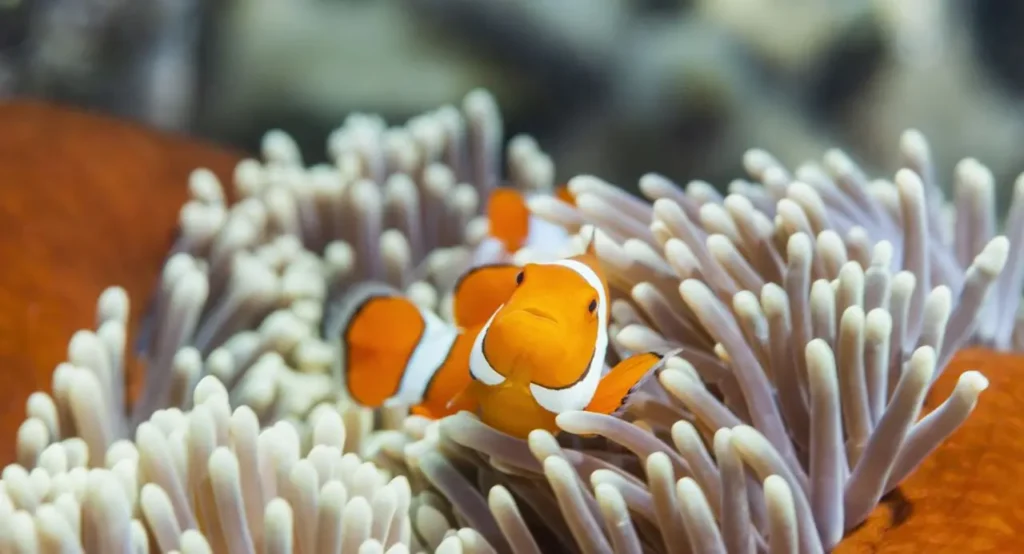
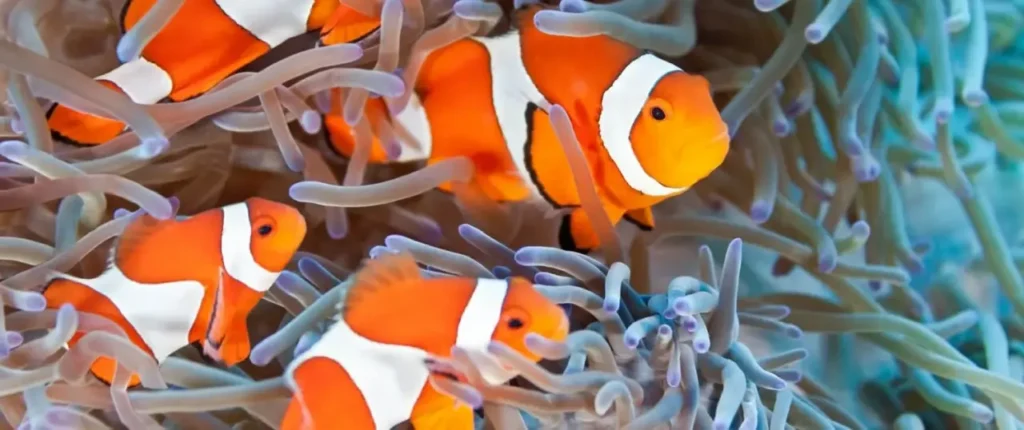
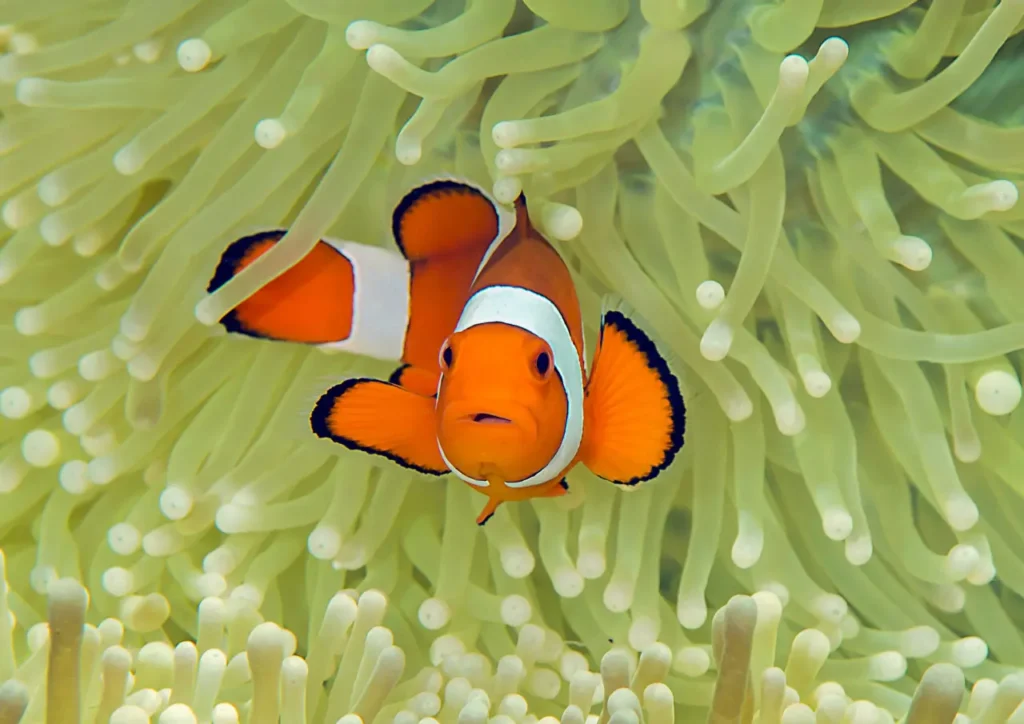
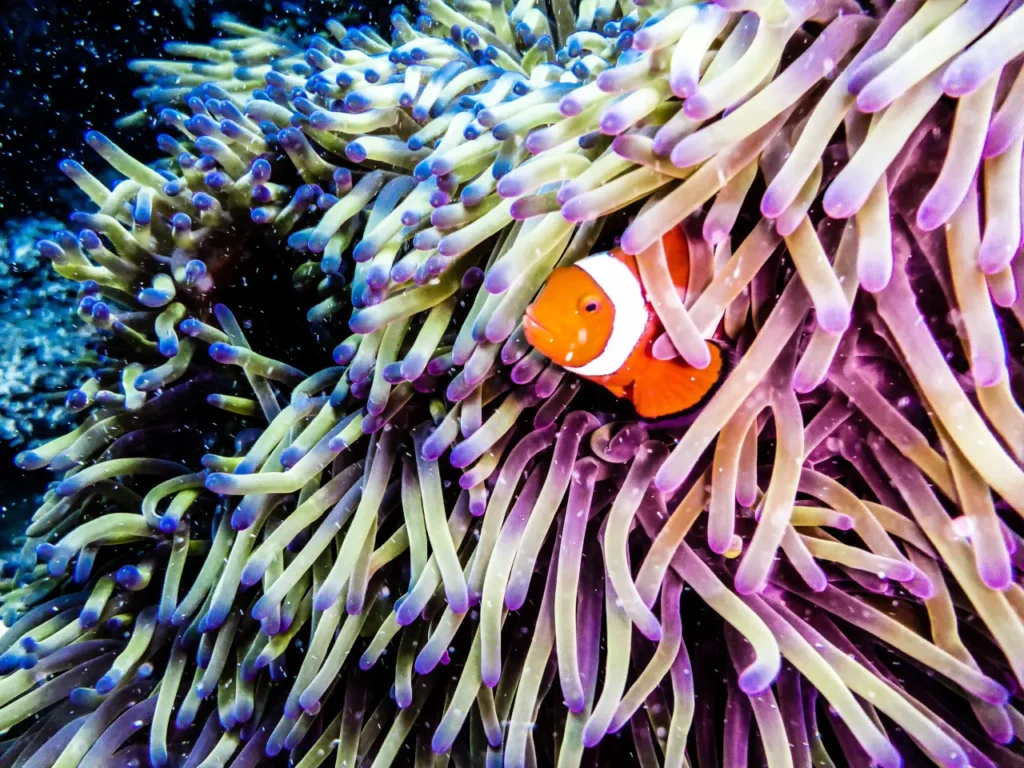
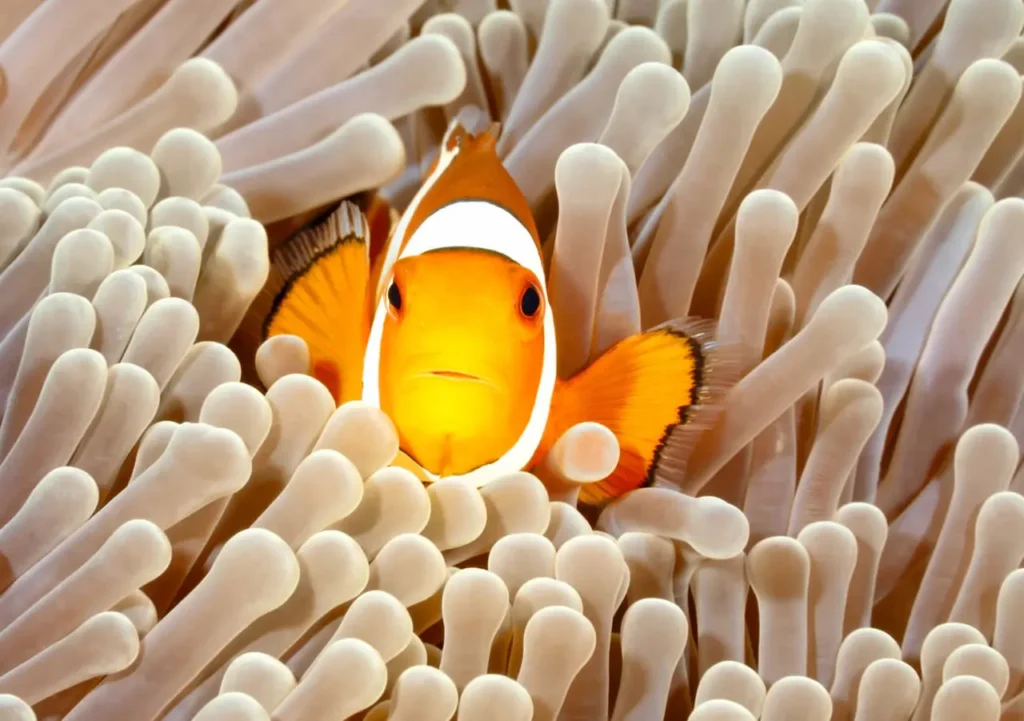
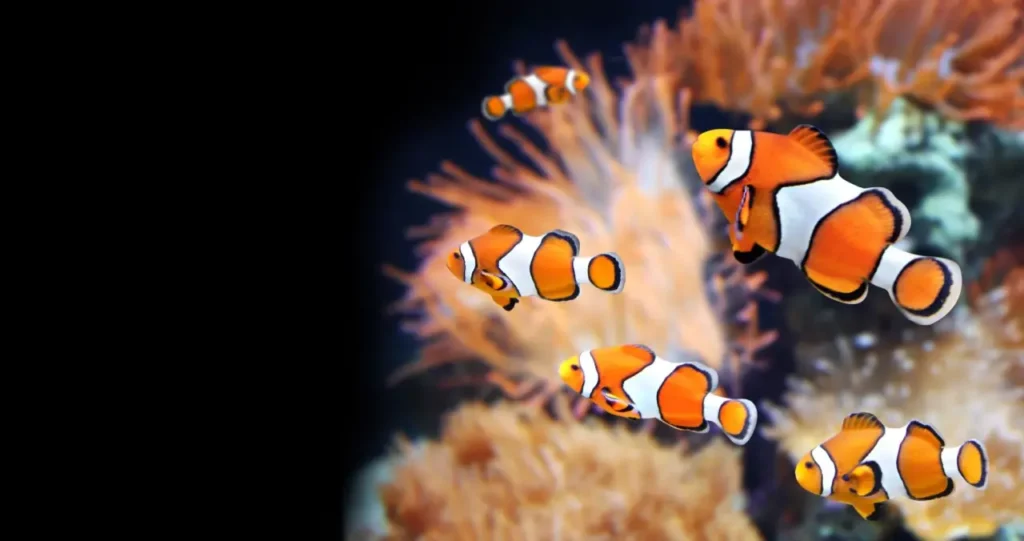
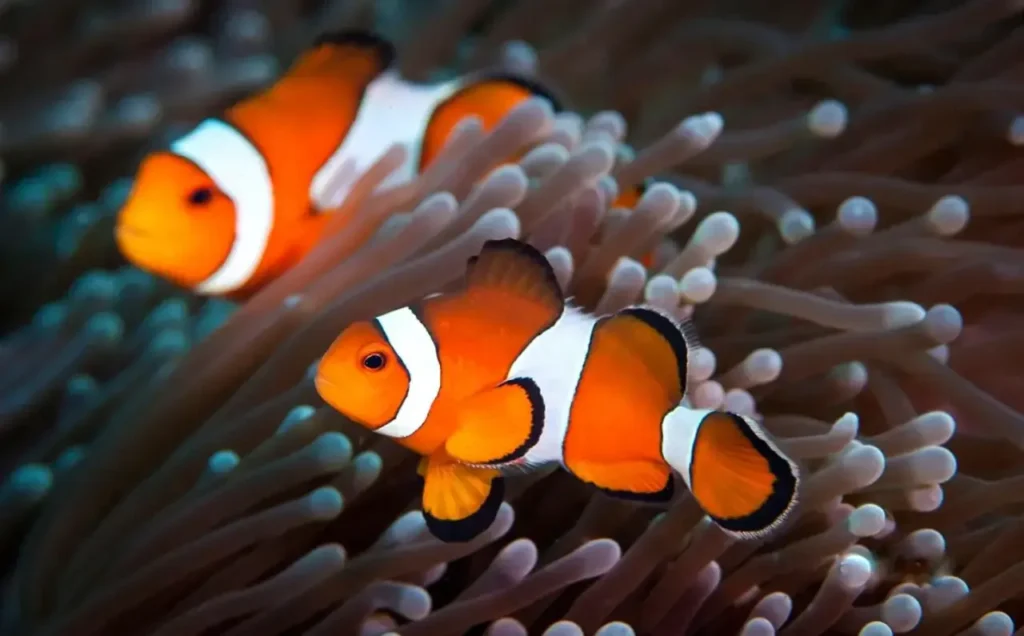
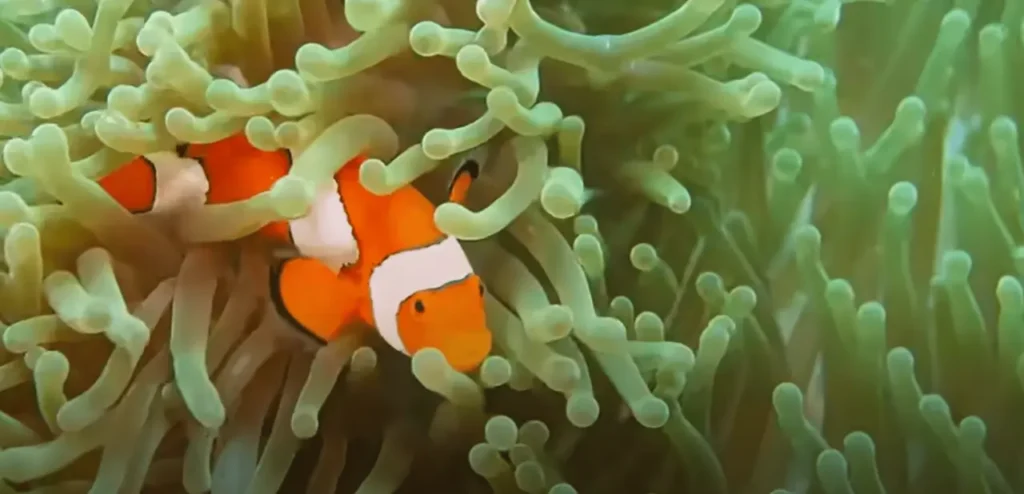
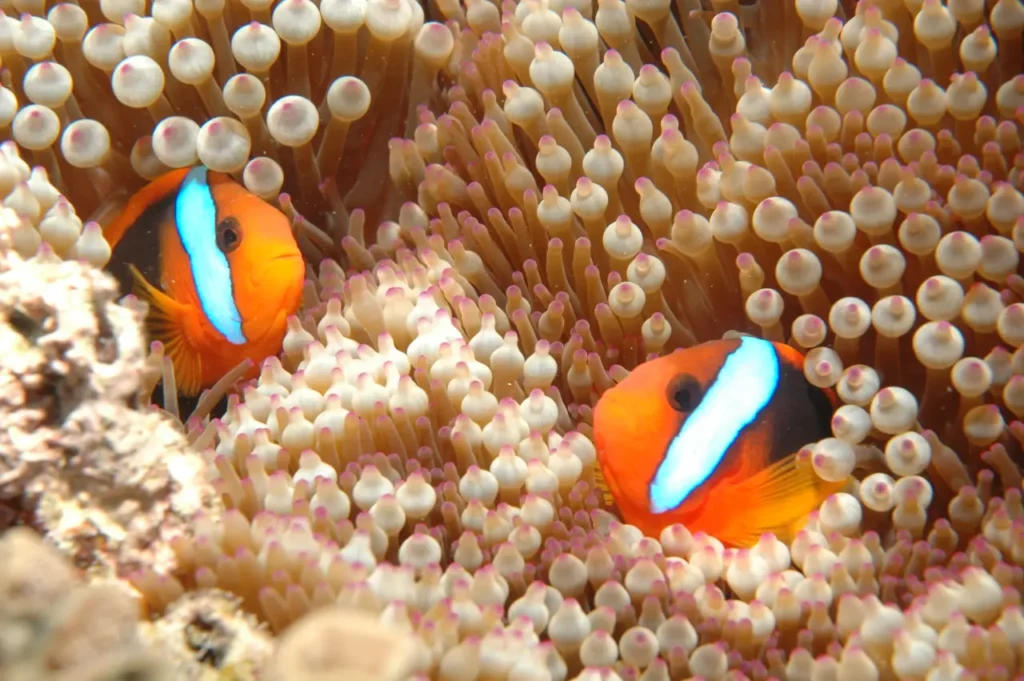
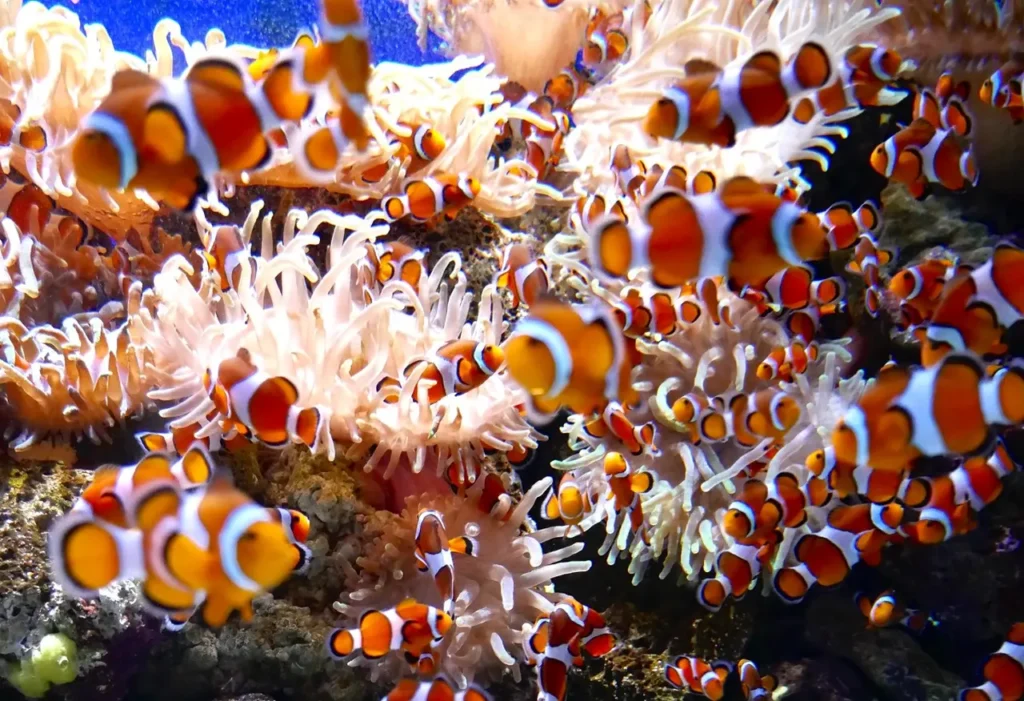
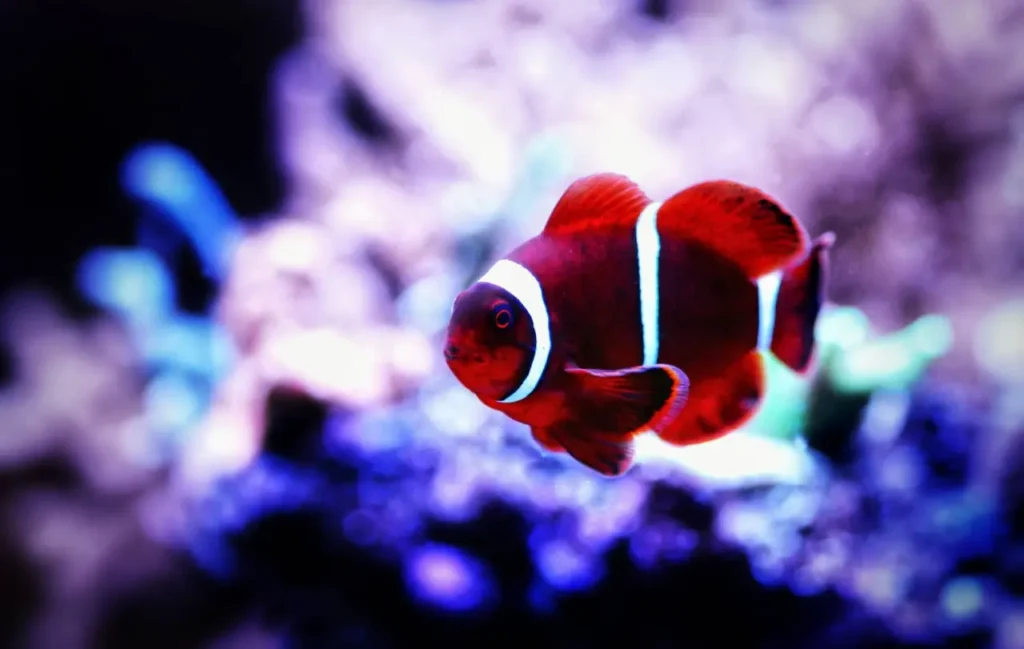
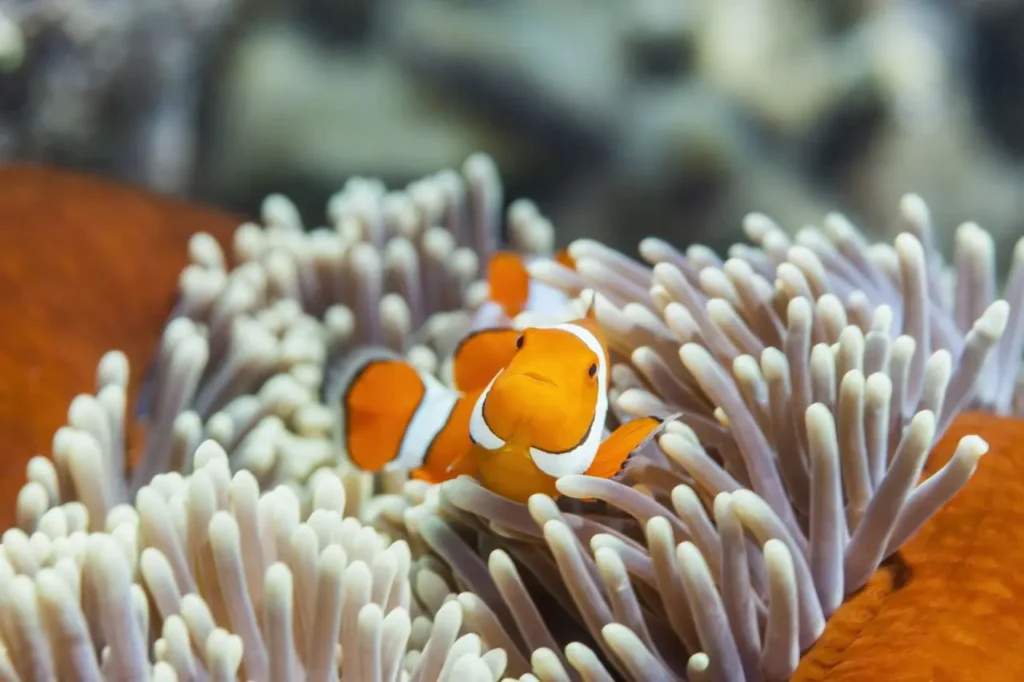
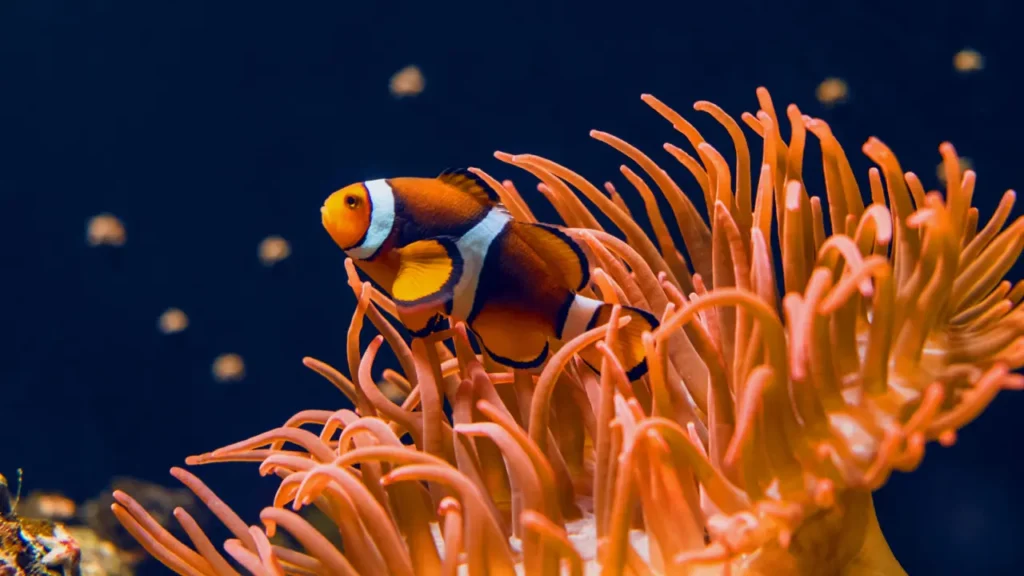
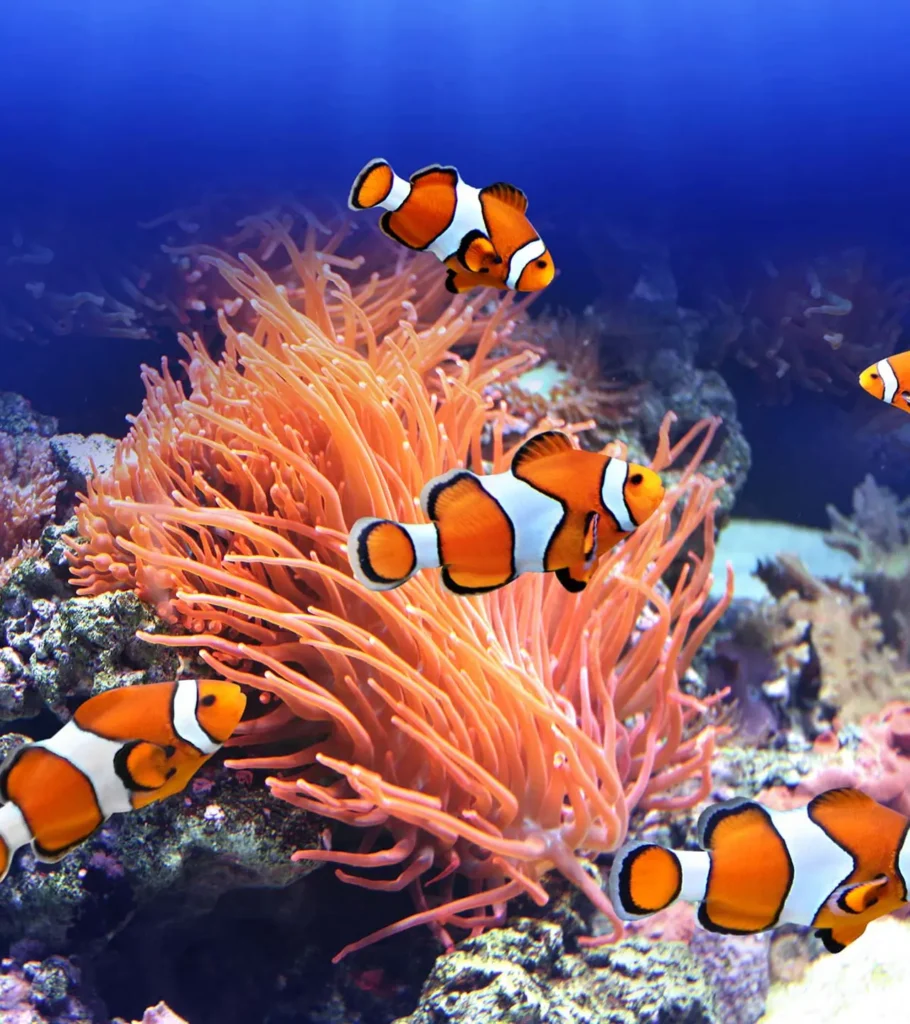
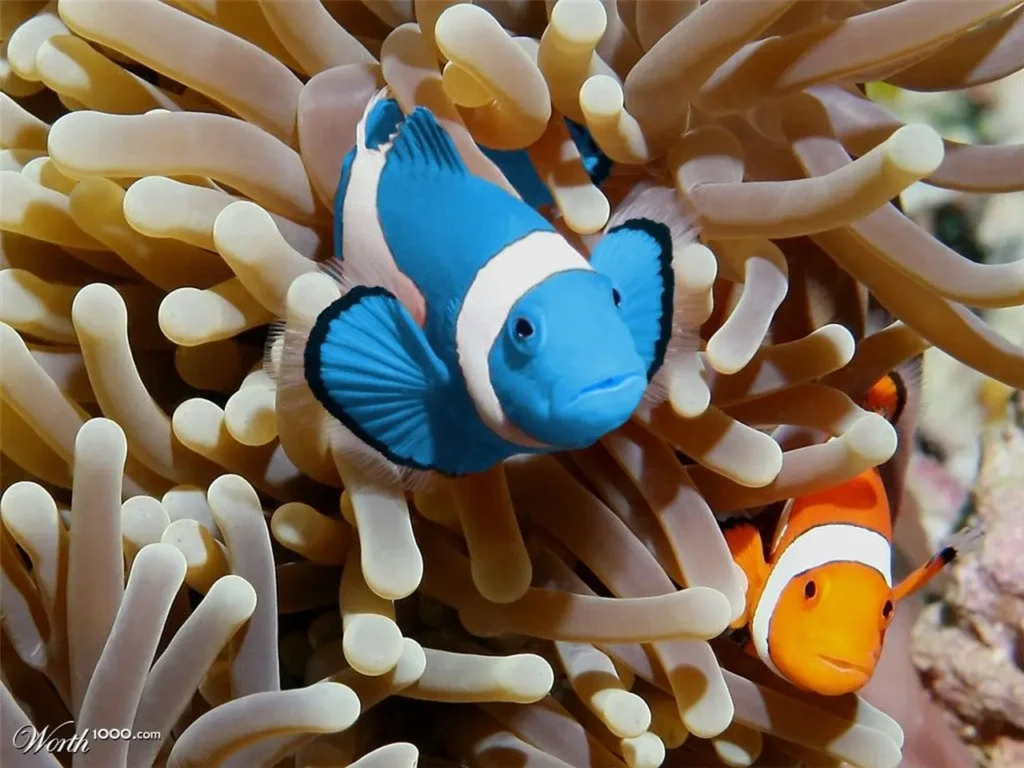
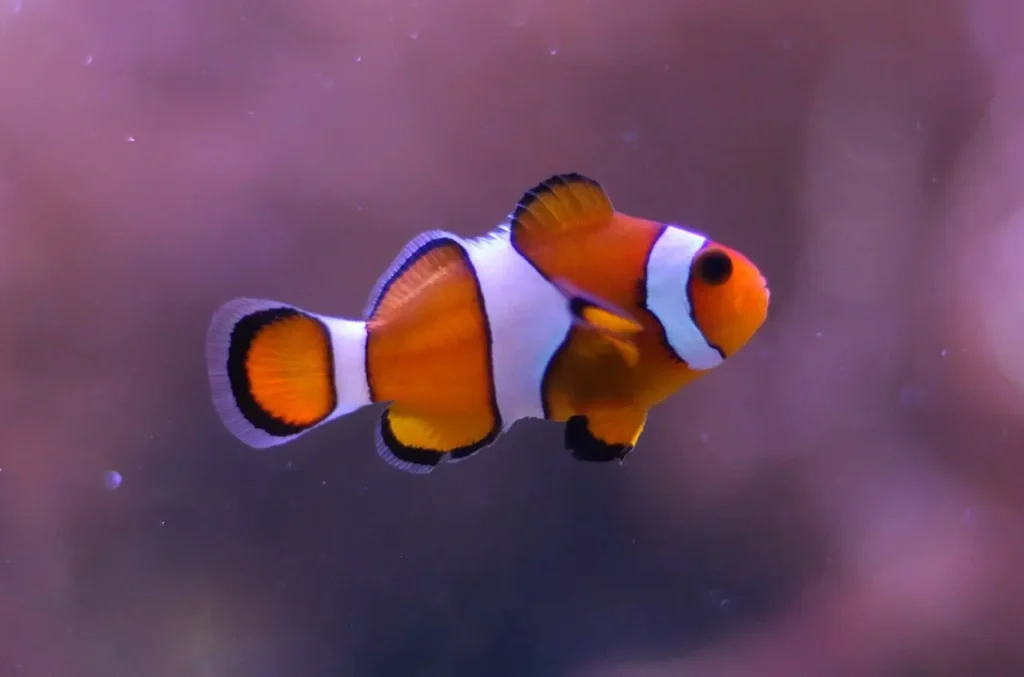
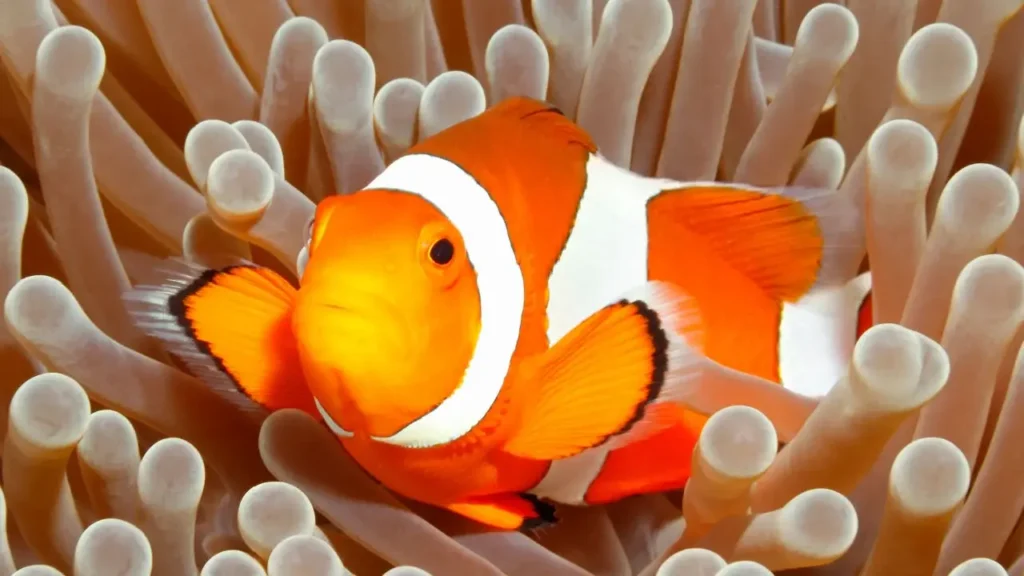

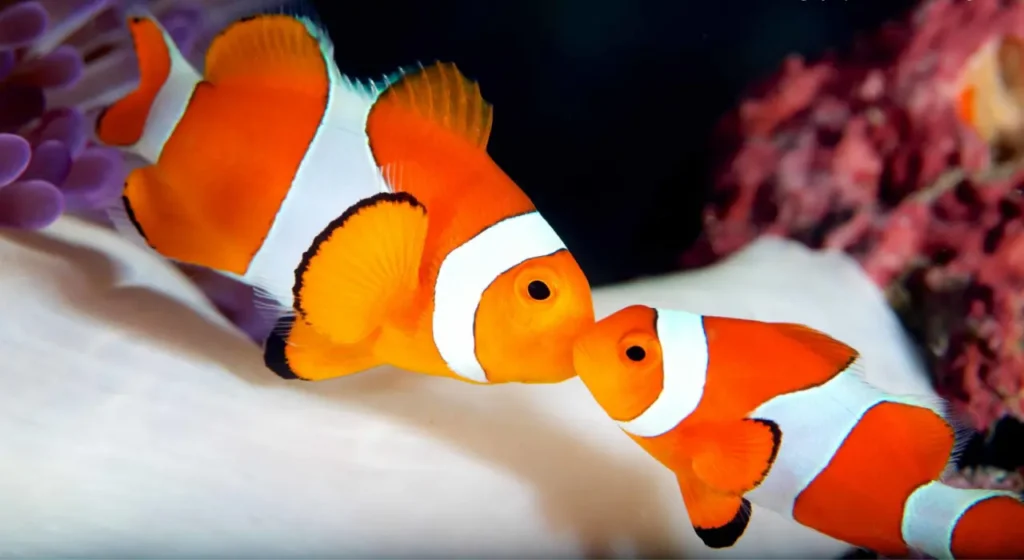
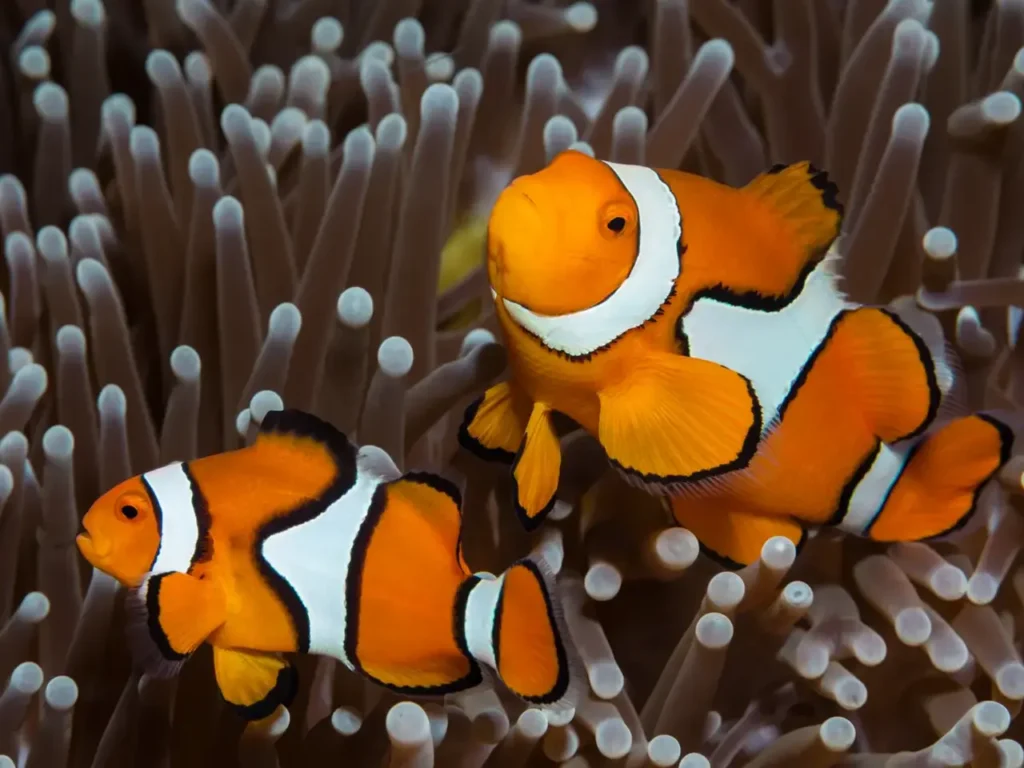


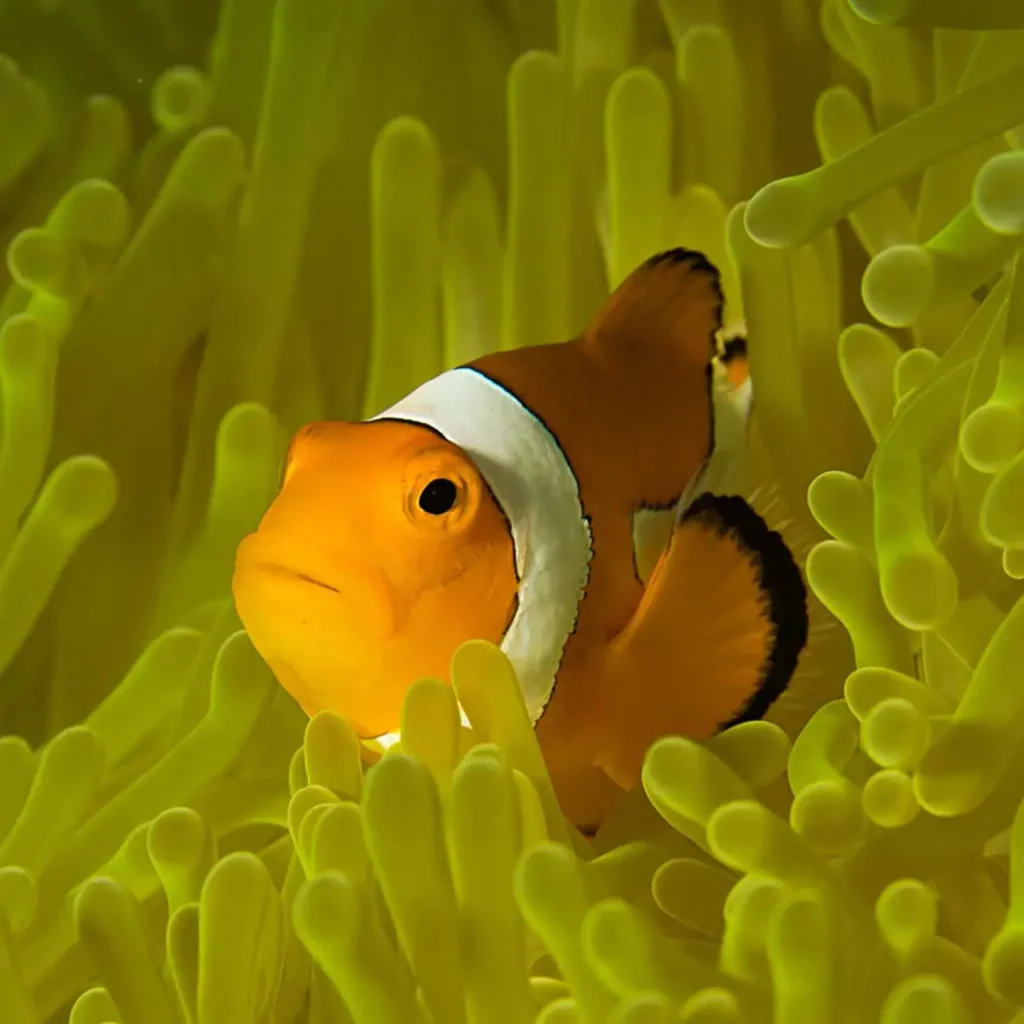
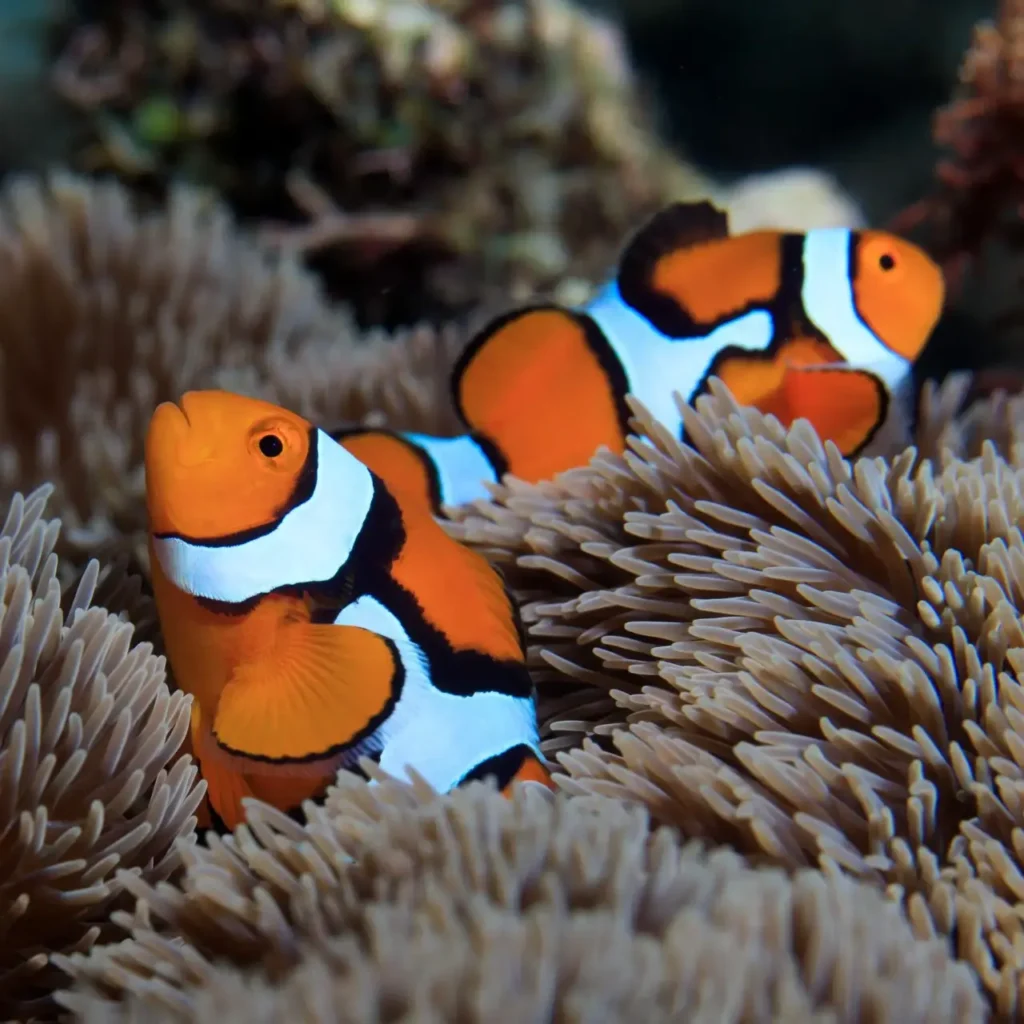
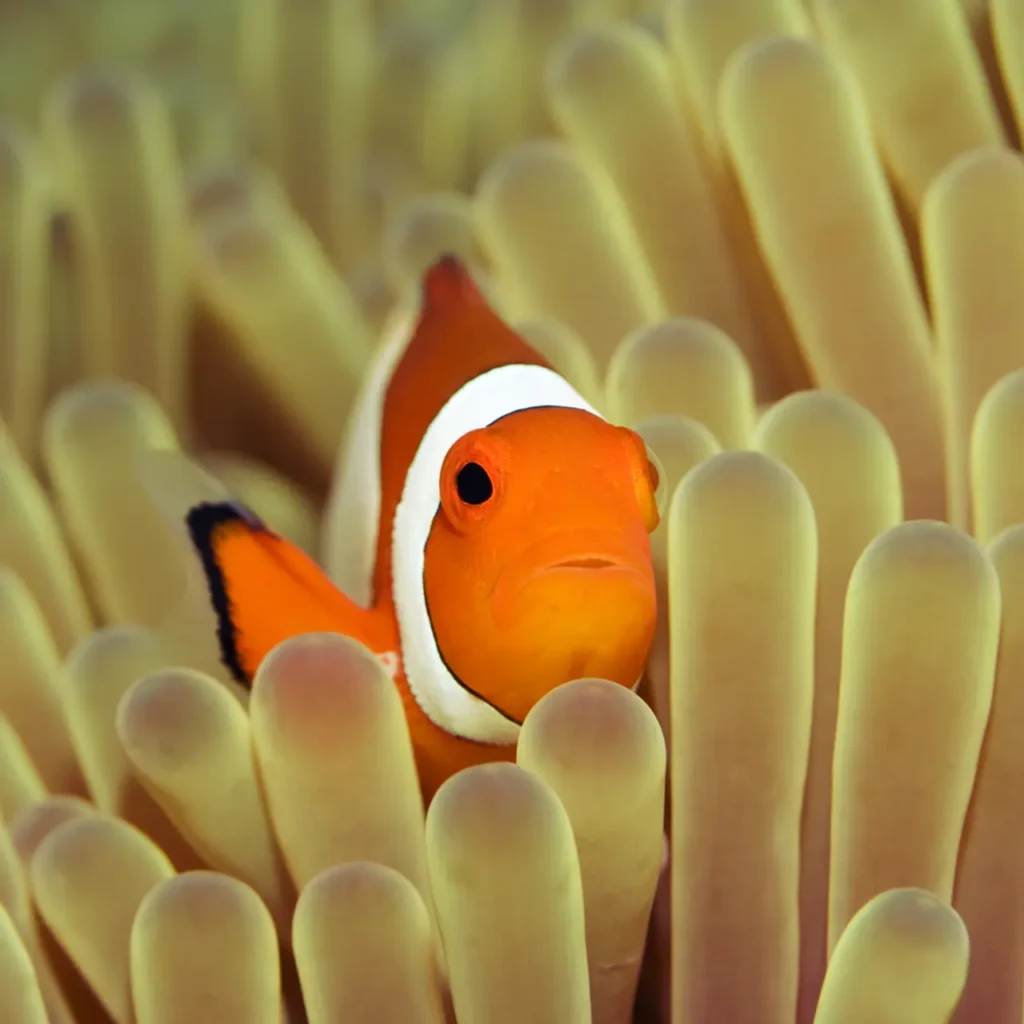
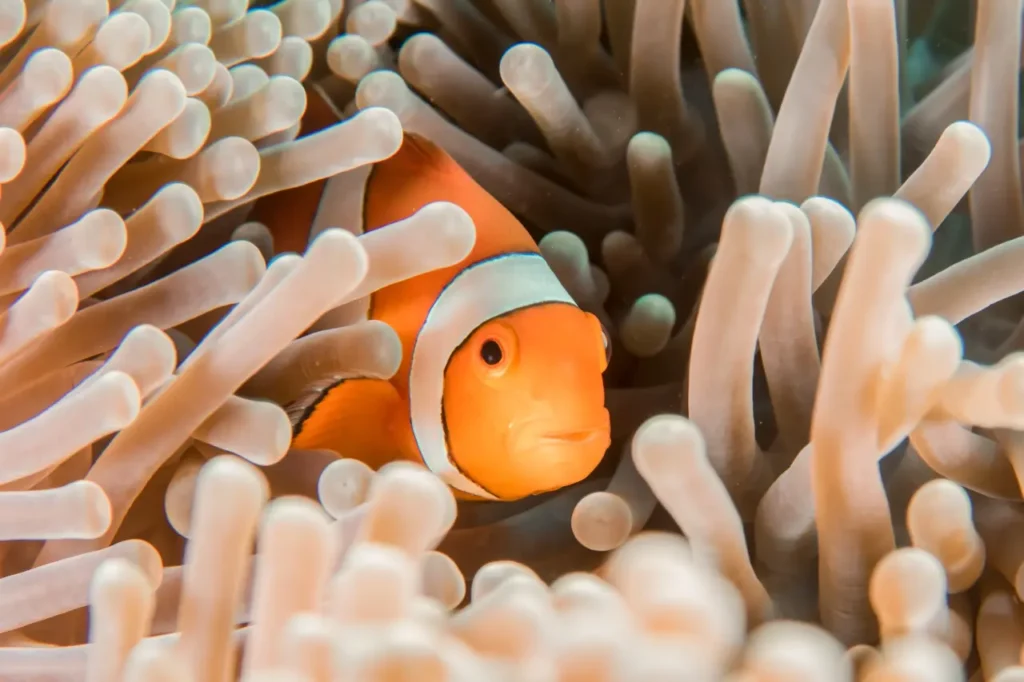
In this article, we will dive into the fascinating world of clownfish, exploring their biology, behavior, and the remarkable mutualism they share with sea anemones.
Appearance and Adaptations
Clownfish are small, brightly colored fish that belong to the family Pomacentridae. They are found in warm waters of the Pacific and Indian Oceans, particularly around coral reefs. These fish display a variety of striking colors, including shades of orange, yellow, black, and white. Their bodies are adorned with bold stripes or patches, which not only enhance their aesthetic appeal but also serve as a form of camouflage within the reef environment. Clownfish possess a mucus layer on their skin that protects them from the stinging cells of their host anemone.
Symbiotic Relationship with Sea Anemones
One of the most remarkable aspects of clownfish is their mutually beneficial relationship with sea anemones. Despite the potent stinging tentacles of the anemone, clownfish have developed an immunity to their venom, allowing them to reside comfortably among the anemone’s tentacles without being harmed. In return, the clownfish provide various benefits to the anemone. They remove parasites and debris from the anemone’s surface, while their movements improve water circulation around the anemone, supplying it with oxygen and nutrients.
Clownfish and Anemonefish Hierarchy
Within a clownfish colony, there is a social hierarchy based on size and gender. The largest and most dominant fish, known as the female, rules the group. The second-largest fish is the male, while the remaining smaller individuals are juveniles. In the absence of the female, the male can undergo a sex change and become the dominant female, while the largest juvenile assumes the role of the male. This unique social structure ensures the continuity of the group and the well-being of its members.
Parental Care and Unique Reproduction
Clownfish are known for their distinctive reproductive behavior. Most species are sequential hermaphrodites, starting their lives as males and transitioning into females as they grow larger and more dominant. They form monogamous breeding pairs within their anemone homes. The male guards and tends to the eggs, ensuring their safety and providing them with oxygen by fanning water over them using his pectoral fins. Once the eggs hatch, the male cares for the larvae until they are ready to venture out into the open ocean.
Conservation and Protection
Like many marine species, clownfish face threats such as habitat destruction, pollution, and climate change. Damage to coral reefs, their natural habitat, poses a significant risk to their survival. Conservation efforts, including the establishment of marine protected areas and sustainable practices in the aquarium trade, are crucial to preserving these captivating fish and the delicate ecosystems they inhabit.
Clownfish is one of the top 10 popular ornamental fish species at present., with their vivid colors, intricate social structure, and fascinating relationship with sea anemones, continue to enchant and educate people about the wonders of marine life. Their unique adaptations, striking appearance, and memorable behaviors have solidified their place as beloved underwater entertainers. As we explore and protect our oceans, let us appreciate the beauty and complexity of clownfish, and work towards ensuring their continued existence for generations to come.
